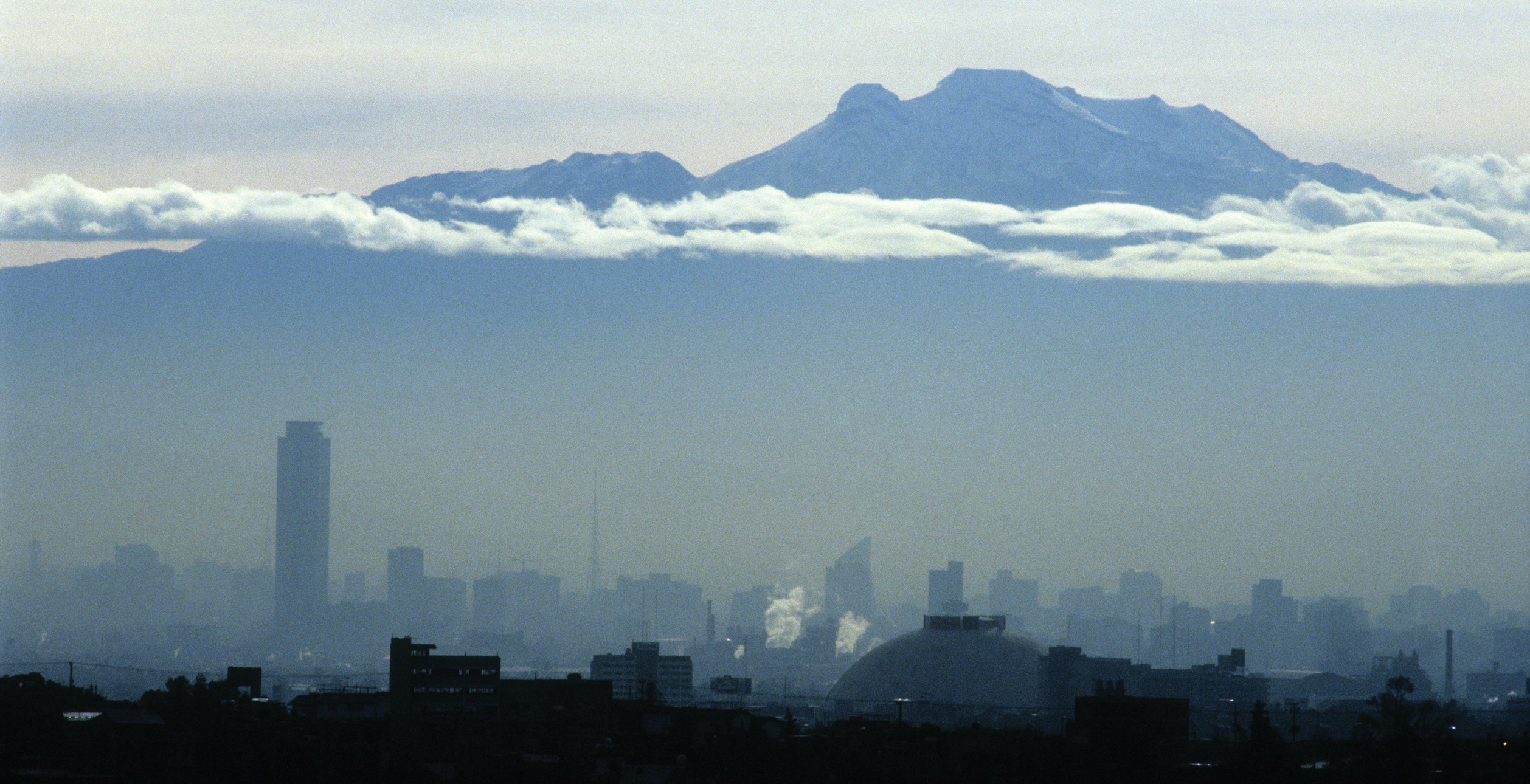
Mexico City is one of the largest urban areas in the world, a so-called ‘megacity’. It is one of several major cities in the industrialising world that has experienced remarkable growth in the last 100 years or so. The urban area expanded from 27.5 km2 in 1900 to over 1,450 km2 in 2000. In the second half of the twentieth century the population grew by more than 800% so that in the year 2000 it stood at 18.1 million, with an urban density of 12,559 people km-2. The city continues to grow. By 2025, the population is expected to exceed 21 million.
All urban areas face environmental hazards but the sheer size of Mexico City and its exceptional growth rate have created some acute problems. Many of these are typical of other major cities but the risks in megacities are particularly concentrated and magnified. As the country’s capital, Mexico City is home to the national political institutions, the greatest concentration of economic investments and most of Mexico’s industrial and financial infrastructure. In total, Mexico City is responsible for around one third of the country’s GDP. At the same time, the city is exposed to a wide range of hazards. These include chronic problems stemming from large concentrations of wastes — air pollution has long been an issue — and more acute threats such as earthquakes, volcanic eruptions and floods.
Your organisation does not have access to this article.
Sign up today to give your students the edge they need to achieve their best grades with subject expertise
Subscribe




